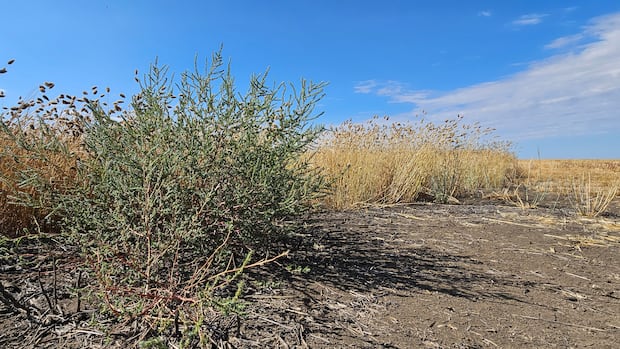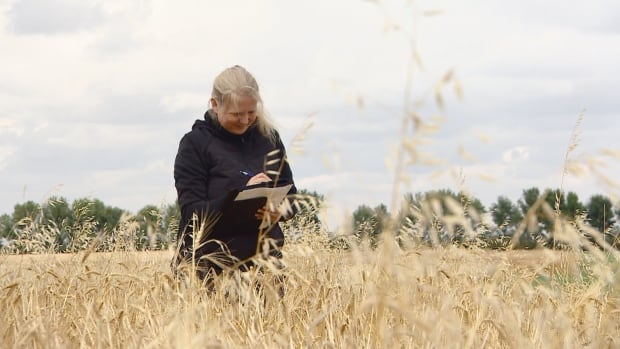
Julia Leeson pushes aside a crop of wheat in a field near Saskatoon. She kneels down and writes a few words on a chart.
She’s on the hunt for weeds of all sorts — acting as a sort of agricultural hall monitor, making sure they’re not getting out of control.
Leeson is one of several research scientists with Agriculture and Agri-Food Canada (AAFC) who do weed surveys across the Prairies — inventories of the types of weeds growing in fields.
The data is collected and then analyzed in the winter.
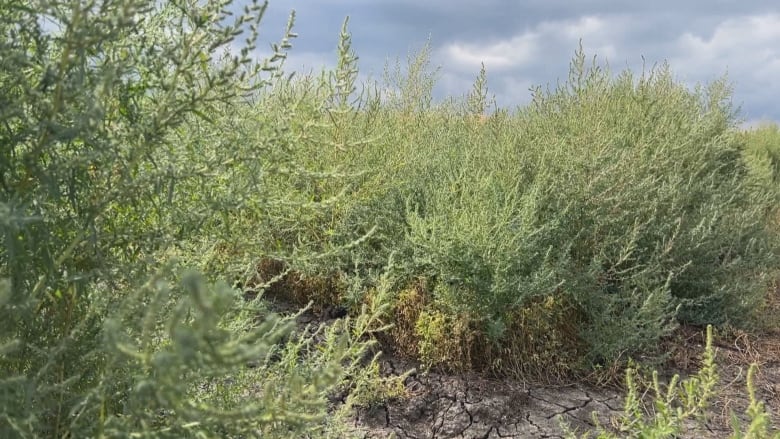
“We’re looking to see what’s survived in-crop management and will potentially produce seed and be a problem next year,” Leeson said.
One weed Leeson and her colleagues come across the most is kochia. The potent plant produces thousands of seeds that can spread easily in the wind.
Charles Geddes, a research scientist with AAFC in Lethbridge, Alta., said kochia can even thrive in drought conditions —something that’s predicted to worsen under climate change.
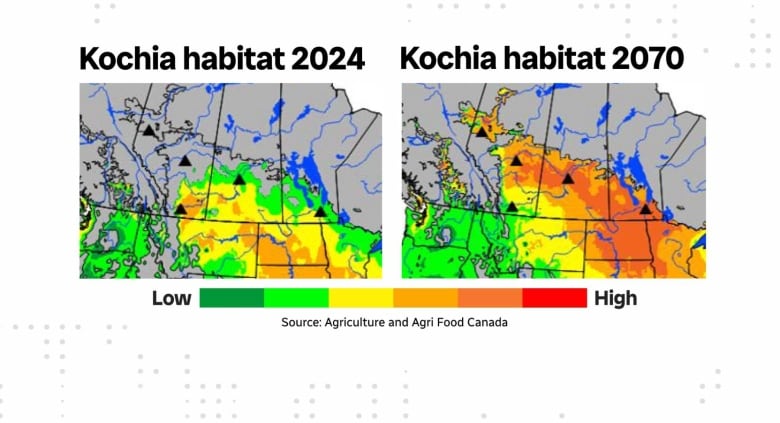
Expanding drought also means kochia’s range is becoming more widespread. It was previously isolated to southern Alberta and southwestern Saskatchewan.
“We are seeing it now move up into areas even north of Saskatoon for example,” said Geddes.
“We’ve also documented this weed now starting to become an issue even as far north as the Peace River region in Alberta. And for them, it’s a new weed that hasn’t existed there in the past.”
Modelling done by Geddes predicts kochia’s range will continue to rapidly expand under climate change conditions, becoming an issue in most Prairie fields by 2070.
Tackling weeds without herbicides
Geddes said kochia and other weeds have become resistant to many herbicides, making it challenging to kill them, especially as they moves into new areas.
Some studies have also found herbicides — especially ones that use glyphosate — can damage the environment and cause health effects to humans and animals.
Shaun Sharpe, a research scientist with AAFC in Saskatoon, has spent the last few years in his lab coming up with ways to kill weeds without herbicides, so the weeds don’t continue to resist them.
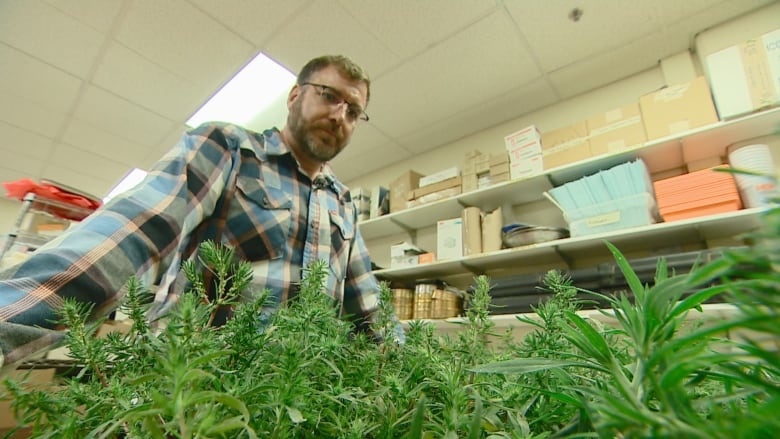
One experiment uses wood vinegar — a liquid made of distilled wood.
The vinegar, which is sprayed on the soil in the fall after harvest, triggers weeds like wild oats to emerge. The weeds are then killed off by frost and are unable to regrow come spring.
Sharpe has tested his method in a greenhouse, but not in the field yet. He said results have been promising so far.
“We were able to get a 10 per cent increase in emergence [of the weeds],” Sharpe said. “So we went from about 60 to 70 per cent emergence.
“This is under conditions where there was a lot of moisture, whereas once we take it to the field, things are going to be quite dry.”
WATCH | Researchers looking for solutions to tenacious Prairie weeds harming agriculture:
A team of researchers is on the hunt across the Prairies for pesky weeds and finding ways to stop them in their tracks.
In another project, Sharpe focused exclusively on kochia. He planted two different crops close together to create more ground cover to prevent kochia from growing. The hope is the crops would be competitive enough to choke kochia out.
He then placed biochar — a type of charcoal ashes — on some parts of the soil. This, with the use of a herbicide that doesn’t damage the crops, kept kochia at bay.
“There are cases where we didn’t spray the herbicide [and] we still got good control of kochia, just through the crop competition,” Sharpe said.
“It was able to smother [the kochia] and it was dead and gone.”
Research could benefit farmers
Stuart Lawrence, who farms near Rosetown, has dealt with kochia extensively during his 35 years of farming.
Lawrence, who is also a vice chair with Saskatchewan Pulse Growers, said kochia control is a topic brought up wherever he goes for his work — especially since kochia thrives in pulse crops.
He said dealing with weeds costs time and money.
“It reduces your yield,” said Lawrence.
“[It’s] really difficult to get ripe lentils into your combine when it’s being surrounded by green kochia. It causes a lot of harvest delays if you have a kochia outbreak.”
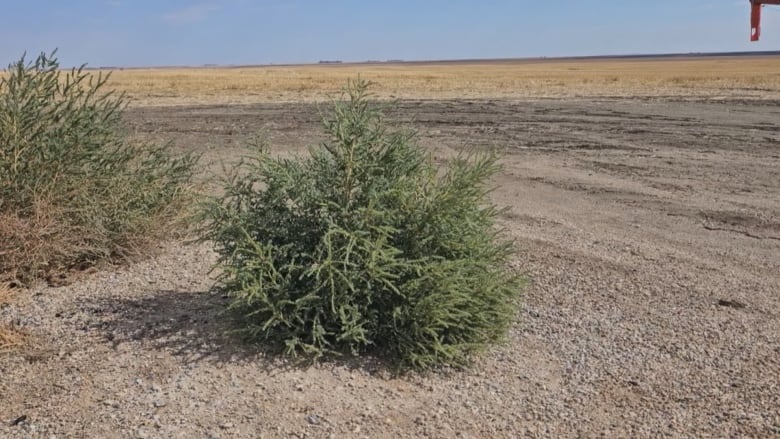
He said herbicide costs have also gone up as kochia has become resistant and has spread. Time and money also have to be spent on equipment to mow kochia so it doesn’t become a tumbleweed and spread to other fields.
Lawrence is hopeful research done by the AAFC team, and within Saskatchewan Pulse Growers, can yield solutions.
“There’s a saying that you can’t spray your way out of a problem you sprayed your way into,” he said.
“So I think that agronomy and cultural controls are going to be the best tool that we can have in the future to get kochia under control.”
